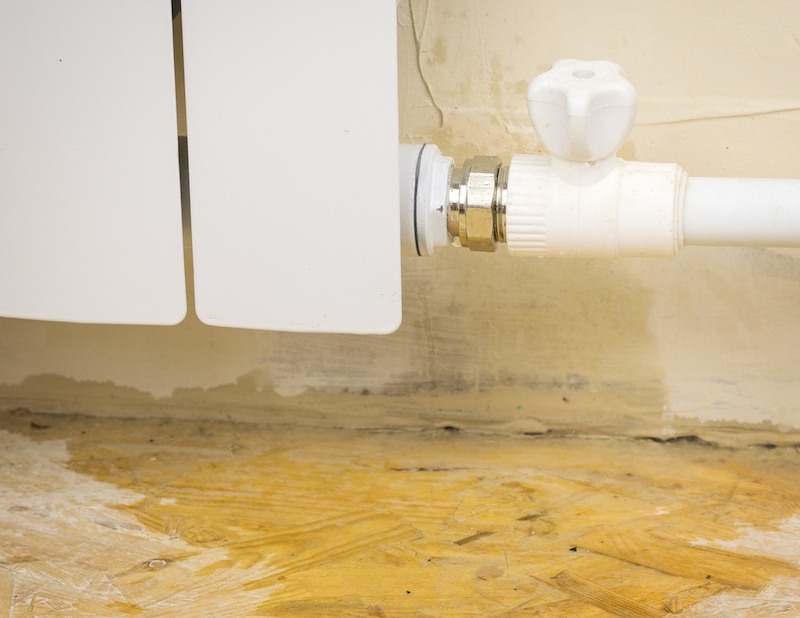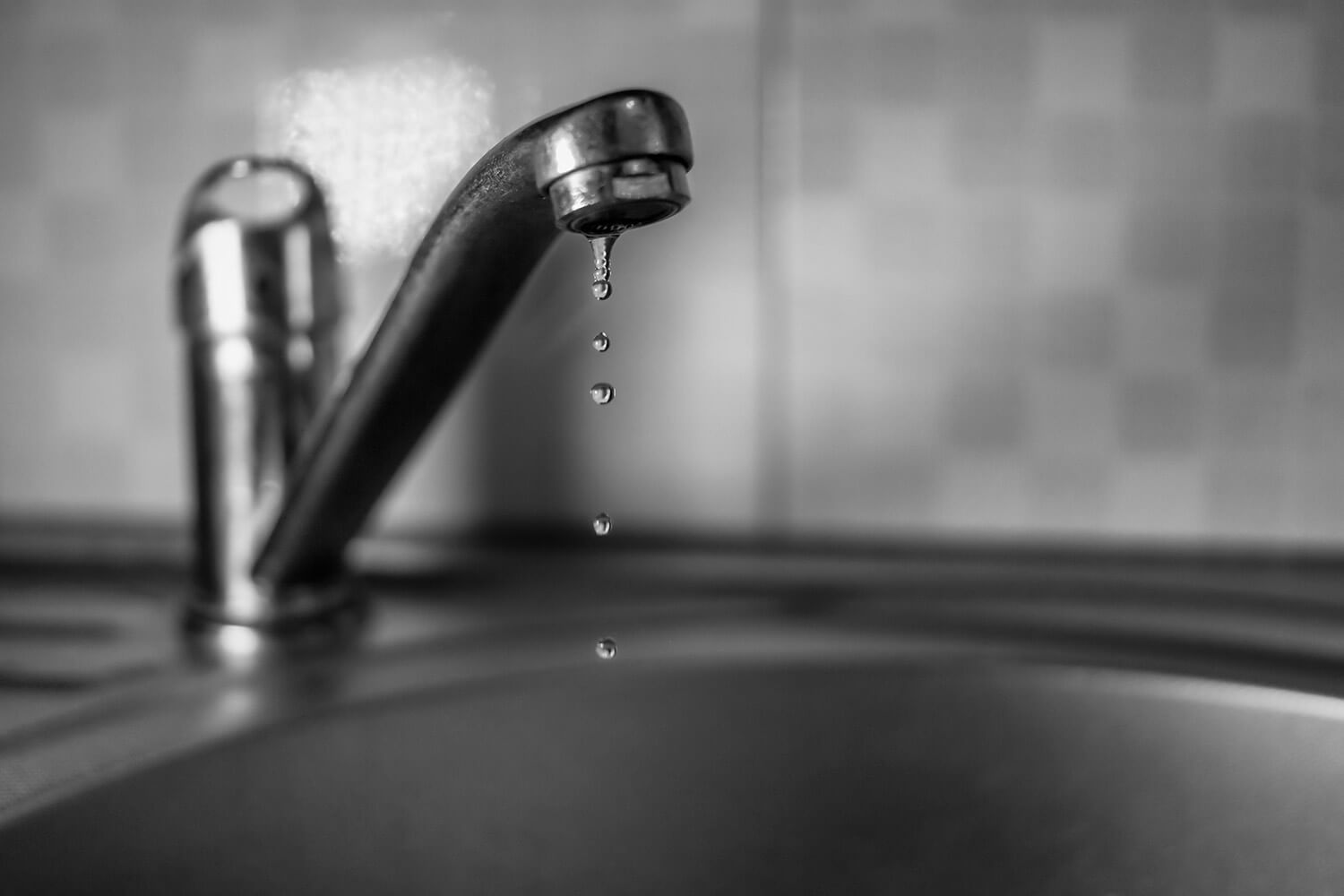Delving Into Why Leak Problems Are So Frequent at Your Home
Get Quote NowJust about every person is bound to have their private thinking with regards to Common Water Leaks In House.

Leaks not just cause waste of water yet can also trigger unnecessary damage to your residence as well as promote unwanted natural development. Water leaks could go unnoticed because many of the pipework in our house is concealed. By looking and also understanding for everyday scenarios that create leakages, you can safeguard your home from future leakages and also unneeded damage. Today, we will certainly take a look at six leak creates that may be triggering your pipelines to leak.
Intruding origins
A lot of water leakages start outside your house as opposed to inside it. If you observe an unexpected reduction in water pressure, say in your faucet, take some time to go out and also analyze your backyard. You may notice damp patches or sinkholes in your backyard, and that could imply that tree origins are invading water lines creating water to seep out. You can have your plumber look for intrusion, specifically if you have trees or shrubs near your building.
Rusty water supply
As time goes by, your plumbing system ages and deterioration such as rust may start eating away the pipes. This might be the root cause of staining or bending on your water pipes. This requires an examination with your plumber instantly. Consider changing the pipelines because they are at a higher threat of rust than the newer versions if our plumbing system is old.
Defective Pipe Joints
Pipeline joints can degrade over time, resulting in water leakages. If you have noisy pipes that make ticking or banging sounds, specifically when the warm water is turned on, your pipe joints are possibly under a whole lot of pressure.
Instantaneous temperature level adjustments.
Extreme temperature adjustments in our pipelines can trigger them to increase as well as acquire suddenly. This expansion and contraction may cause splits in the pipes, especially if the temperature level are below cold.
Poor Water Connectors
Sometimes, a leak can be brought on by loose tubes and pipes that provide your appliances. Generally, changing is what causes the loose water Links. You could find when it comes to a washing device, a hose may spring a leakage because of shaking during the spin cycle. In case of a water links leak, you may see water running directly from the supply line or pools around your appliances.
Obstructed Drains
Clogged drains pipes could be annoying as well as inconveniencing, however they can sometimes wind up creating an overflow leading to rupture pipelines. Maintain getting rid of any kind of materials that may go down your drains that could clog them to avoid such hassles.
All the above are root causes of leaks however not all water leaks result from plumbing leaks; some leaks could come from roofing leaks. All leaks need to be fixed quickly to prevent water damage.
Leaks not just trigger waste of water however can also create unneeded damage to your residence as well as promote undesirable organic development. By comprehending as well as looking for daily situations that trigger leaks, you can safeguard your residence from future leaks and unnecessary damages. Today, we will certainly look at six leakage triggers that may be creating your pipes to trickle.
At times, a leakage can be created by loosened tubes and pipelines that supply your devices. In instance of a water connections leakage, you might discover water running directly from the supply line or puddles around your home appliances.
How To Check For Water Leak In Your Home
How To Check for Leaks
The average household's leaks can account for nearly 10,000 gallons of water wasted every year and ten percent of homes have leaks that waste 90 gallons or more per day. Common types of leaks found in the home are worn toilet flappers, dripping faucets, and other leaking valves. These types of leaks are often easy to fix, requiring only a few tools and hardware that can pay for themselves in water savings. Fixing easily corrected household water leaks can save homeowners about 10 percent on their water bills.
To check for leaks in your home, you first need to determine whether you're wasting water and then identify the source of the leak. Here are some tips for finding leaks:
Take a look at your water usage during a colder month, such as January or February. If a family of four exceeds 12,000 gallons per month, there are serious leaks.
Check your water meter before and after a two-hour period when no water is being used. If the meter changes at all, you probably have a leak.
Identify toilet leaks by placing a drop of food coloring in the toilet tank. If any color shows up in the bowl after 10 minutes, you have a leak. (Be sure to flush immediately after the experiment to avoid staining the tank.)
Examine faucet gaskets and pipe fittings for any water on the outside of the pipe to check for surface leaks.
Undetected water leaks can happen without the home or business owner even realizing. If you suspect a water leak, but not able to find the source. It is time to contact a professional water leak detection service, The Leak Doctor.
How To Find a Water Leak In Your Home
https://www.leakdoctor.com/blog/How-To-Check-For-Water-Leak-In-Your-Home_AE197.html

I'm very excited about How Fast Water Damage Can Ruin Your Home and I'm hoping you appreciated the entire article. In case you enjoyed our blog entry if you please be sure to pass it around. Thanks a bunch for your time. Kindly check up our website back soon.
Fix today, not tomorrow!